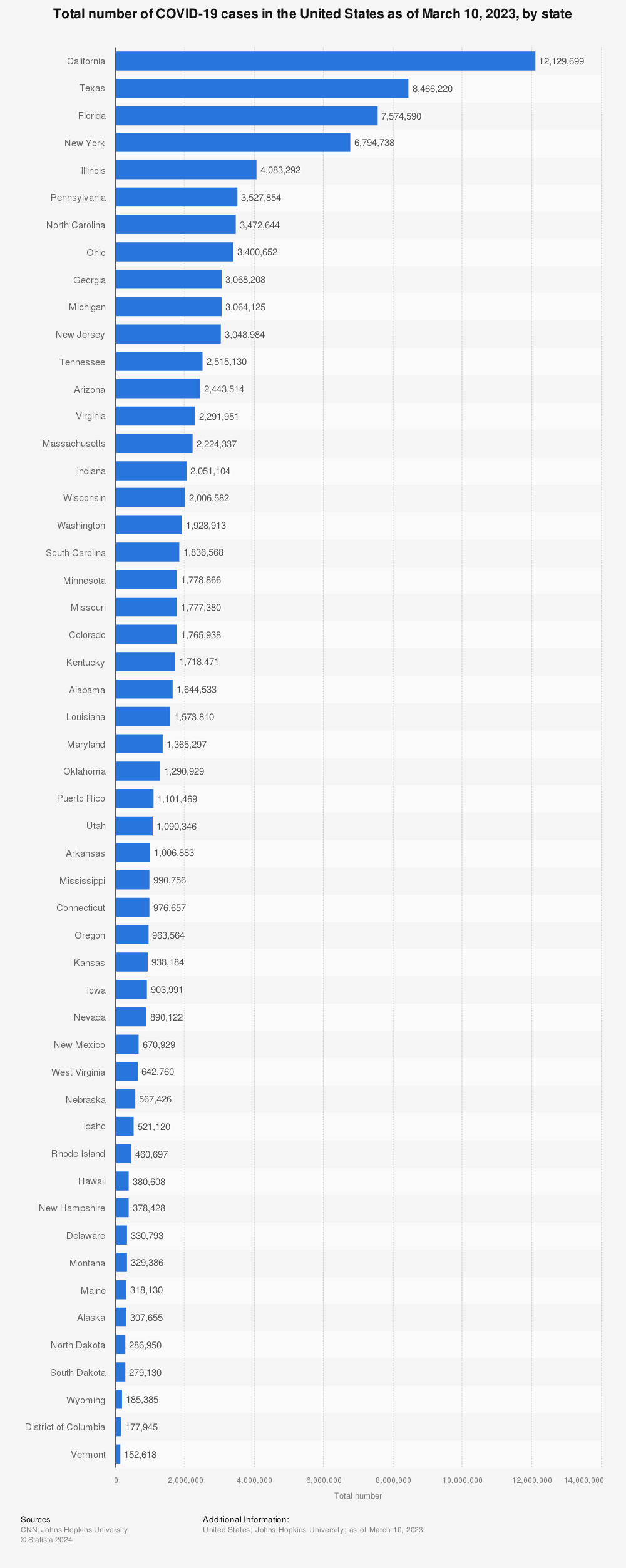
As Canada-US border restrictions begin to ease for non-essential travellers, questions are surfacing around what travel will look like, post-pandemic.
Beginning Aug. 9, the Government of Canada relaxed entry to American citizens and permanent residents who are residing in the US, and who have been fully vaccinated for at least 14 days prior to entering Canada. This border reopening precedes plans to allow fully vaccinated travellers from any country beginning Sept. 7.
But what does this mean for Canadian travellers looking to go south of the border? Do Canadians need a vaccine passport? Do we need to quarantine upon arrival? How long can we stay? And which states are safest?
With no blanket policy, and with the fluid nature of pandemic restrictions, it can be tricky to know what awaits on the other side of the border. Here’s what we know so far about travel to our neighbour to the south.
Related: I took a flight during the pandemic and here’s what stressed me out most.

Can non-essential travellers enter the United States?
While Canada eased its restrictions to American travellers looking to cross the border for non-essential reasons by land and ferry, the US has yet to announce when it plans to reciprocate its easing of restrictions.
Last month, the US government announced it planned to extend border closures through Aug. 21 to both Mexico and Canada looking to enter the country this way, in an effort to stifle the spread of the virus and the highly contagious Delta variant.
Travellers flying into the country have been allowed since January, so long as they have proof of a negative Covid-19 test or if they can prove recovery from the disease.
You may also like: Here’s how I vacationed in Miami without breaking the bank.
But here’s where it gets tricky.

Do you need a vaccine passport?
While no hard country-wide rules have been passed yet, last week a rep from the Biden administration shared that the government is taking steps to ensure all foreign visitors to the United States are fully vaccinated. The country too would ease its border restrictions in phases, but it looks like some sort of vaccine passport requirement is in the works for all foreign citizens, with some very limited exceptions.
What complicates matters is that some states have already gone ahead and outright banned vaccination requirements. Some of these states are popular travel destinations for Canadians, and include: Alaska, Arizona, Florida, Montana, South Carolina, Texas and Washington. You aren’t expected to show proof of vaccination in these states.
See also: What to do and see in Vancouver (for when it’s OK to travel again).
States that do require proof or are working to develop a vaccine passport requirement include Hawaii and New York.
For a full list, check out the Becker Hospital Review, but keep in mind that, as laws change, you may have to check for the latest updates ahead of any travel.

Fully vaxxed may mean something different south of border
Additionally, America’s rules surrounding what “fully vaccinated” means may not align with the approach the Canadian government has taken in its mixing of doses. That may leave some who have mixed vaccines to not be considered “fully vaccinated,” because the US currently does not recognize vaccine mixing.
The CDC does recognize full vaccination in “exceptional situations” where mixed doses of two mRNA vaccines, Pfizer and Moderna, in cases where the vaccine used for the first dose was no longer available for the second dose. This, however, leaves those with AstraZeneca vaccinations in the dark.
At present, as mentioned, anyone travelling to the US by air has to show proof of a negative Covid-19 test, taken no more than three days prior to travel, regardless of vaccination status. Once at your destination, you then need to re-test within three to five days.
You may also like: Best spots to catch the Perseid meteor shower across Canada this August.

Do you need to quarantine?
The CDC recommends staying home and quarantining for a full seven days for unvaccinated travellers coming into the country, even with a negative test, but be sure to check local and state laws for guidance and any travel restrictions. Take a look at this helpful infographic for a quick reference on what you need to do upon arrival, depending on your vaccine status.
The CDC also offers a helpful destination-specific travel planner to help point you to local information.
See also: The world’s most enchanting castles.
Which states are safest to visit?
Statista shows the lowest rates of confirmed Covid-19 cases state-by-state, suggesting the safest popular destination states to visit are Vermont and Hawaii.
Of course, these statistics do not reflect a per capita rate (as some states have higher populations than others), nor do they reflect recent positivity rates. They also do not reflect data for all those people who did contract Covid-19 but didn’t get tested as the issue is so politically and ideologically charged for many. Nevertheless, the data may offer a glimpse at the numbers state-by-state.
Find more statistics at Statista.
Lastly, as travel is still so wrought with considerations in times of Covid-19 the final takeaway is if you’re experiencing any symptoms or don’t feel well, your best choice is to not go anywhere until you’re fully recovered. In the meantime, travel vicariously with these 10 best shows to watch and feel like you’re away on vacation.



